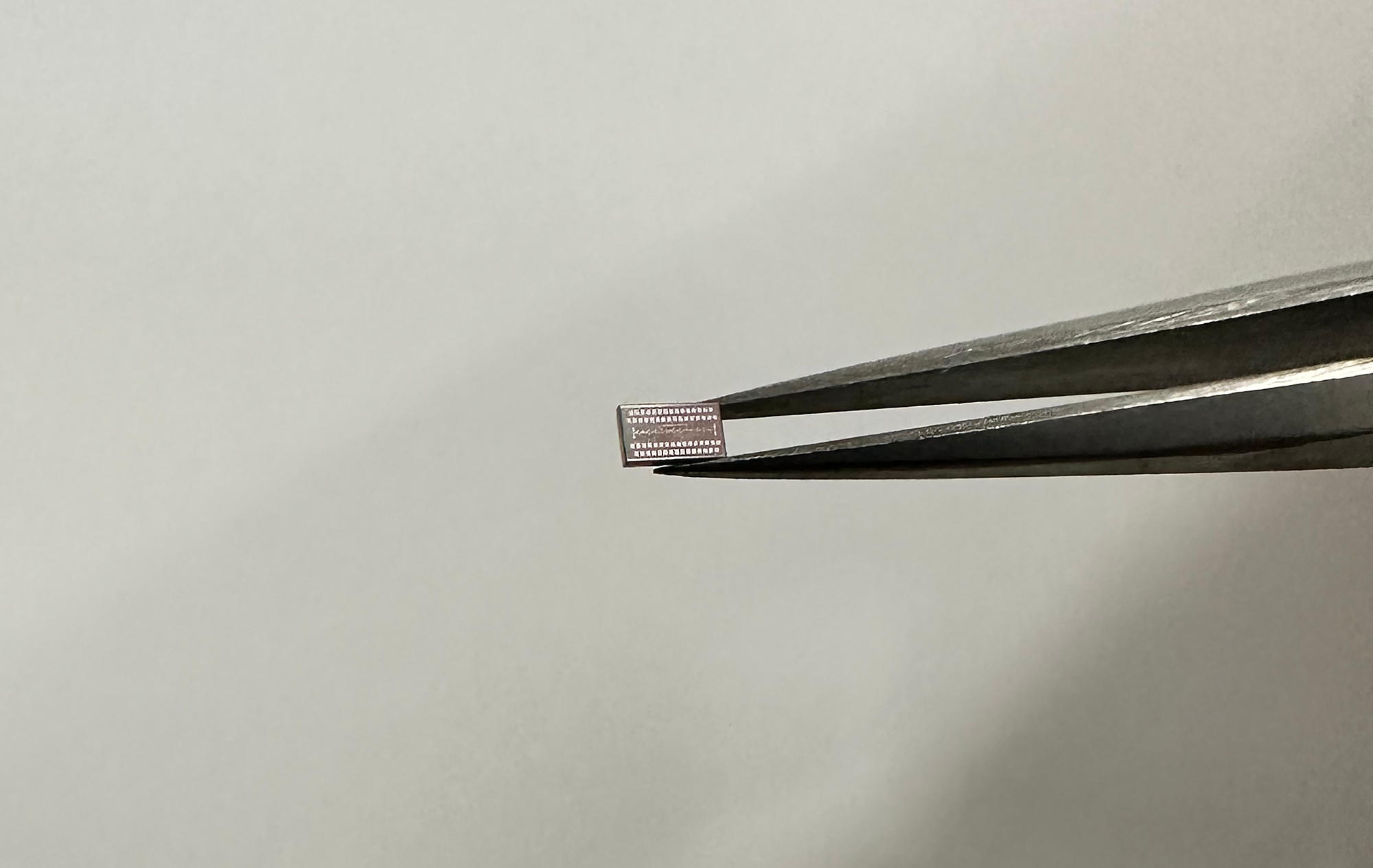
This prototype millimeter-wave radar sensor developed at UC Davis is capable of measuring extremely small vibrations and movements while being energy-efficient and cheap to produce. Credit: Omeed Momeni, UC Davis
Scientists at the University of California, Davis have created a proof-of-concept sensor that may usher in a new era for millimeter wave radars. In fact, they call its design a “mission impossible” made possible.
Millimeter wave radars utilize fast-moving electromagnetic waves, targeting objects to determine their movement, position, and speed based on the reflection of these waves. What sets millimeter waves apart is their acute sensitivity to minute movements and their proficiency in collecting data from extremely small objects.
The new sensor uses an innovative millimeter wave radar design to detect vibrations a thousand times smaller, and changes in a target’s position one hundred times smaller, than a strand of human hair, making it better or on par with the world’s most accurate sensors. Yet unlike its peers, this one is the size of a sesame seed, is cheap to produce, and features a long battery life.
Professor Omeed Momeni and his lab in the Department of Electrical and Computer Engineering led the effort. It is part of an ongoing project funded by the Foundation for Food & Agriculture Research, or FFAR, to develop a low-cost sensor capable of tracking the water status of individual plants. This new radar is the necessary stepping stone that proves it is possible. The work was recently published in the journal IEEE Journal of Solid-State Circuits.
Challenge of millimeter waves
Millimeter wave is the electromagnetic frequency between microwaves and infrared, ranging from 30 to 300 gigahertz. It enables fast communication networks, such as 5G, and is desirable for its short-range sensing capabilities. But it can be tough to work with due to high power consumption and limited performance of
The primary issue the team faced throughout its first year working on the sensor was homing in on the desired source. There was so much noise that, when the researchers attempted to pick up the delicate signal of a small leaf thinning, their sensors were drowned out.
“It seemed really impossible because the noise levels that we were looking at were required to be so low that almost no signal source could actually handle it,” said Momeni.
At one point, they weren’t sure if they could overcome the challenge, with his team noting they would need to build a radar chip that was 10 times more powerful and accurate than the current state-of-the-art design — something that seemed dependent upon technological advancements that might be years into the future.
Tuning in to a different frequency
Sometimes, all you need is an idea that approaches the issue from another angle. Enter Hao Wang, an electrical engineering doctoral student in Momeni’s High-Speed Integrated Systems Lab who worked on the sensor project before graduating in 2021.
Wang had a moment of inspiration to bypass the technological restraints while meeting with Momeni one day: Why not cancel out the noise with itself? That would theoretically solve the issue their sensors were facing, and Wang was finishing up a chip design for his dissertation to do just that.
“This was not out of thin air, a brand-new concept,” said Wang. “This was based on what we [in Momeni’s lab] have accumulated from research throughout the years — and then you innovate more.”
The lab worked quickly to assemble a prototype to test Wang’s idea. It worked on their first try.
The prototype succeeded because it allowed them to handle the volume of noise their sensor received like a simple arithmetic problem. They subtracted the unnecessary noise while maintaining the sensitivity of their measurement and the integrity of their data.
With this technique, the millimeter wave sensor could detect all the information it needed without becoming “drowned out” by noise. This innovation powered the sensor’s high
The study was funded by the Foundation for Food and Agriculture Research.
Source: SciTechDaily